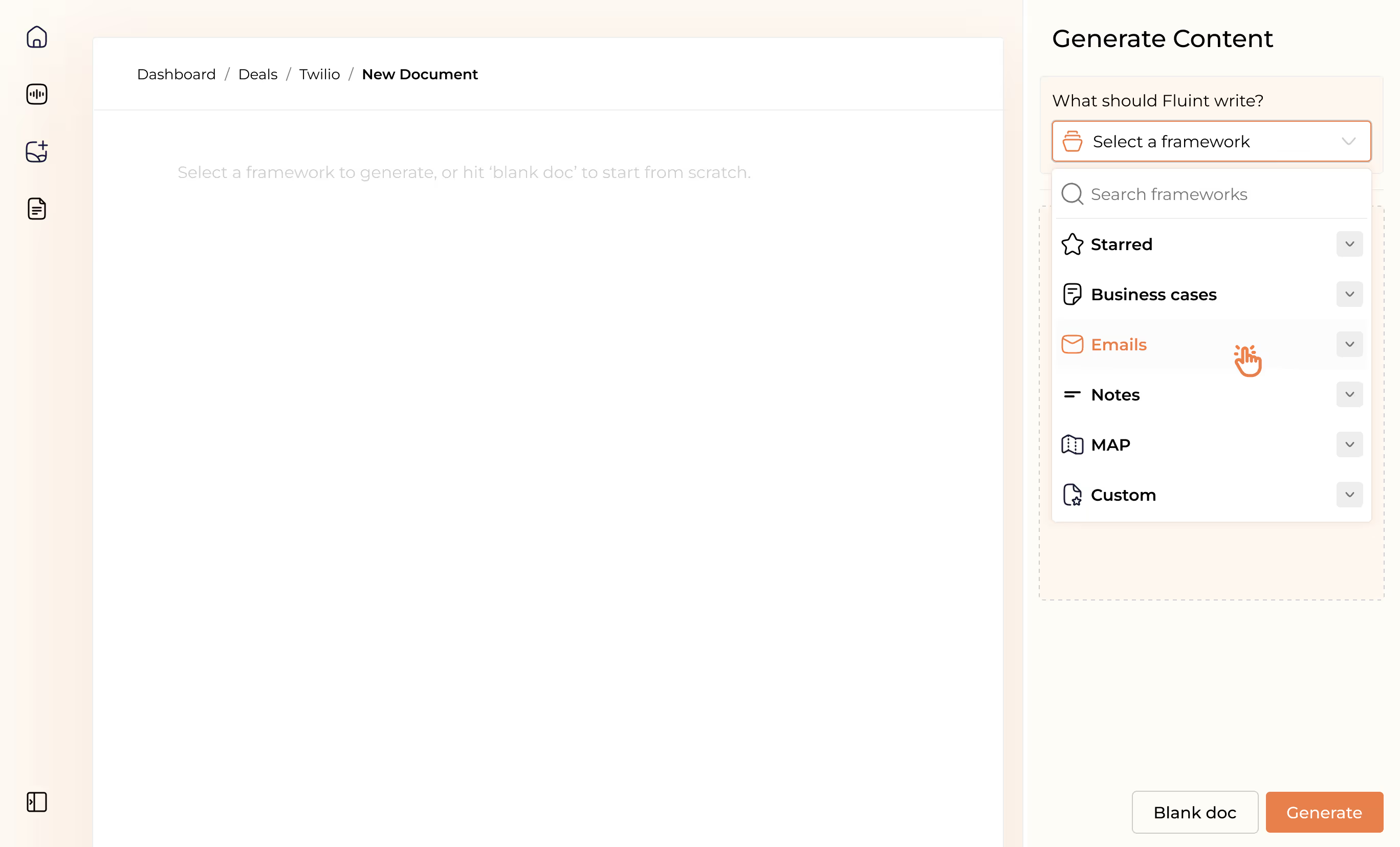How Buyers Think: Designing Buying Experiences With Cognitive Bias In Mind


Almost nothing is guaranteed in sales. That’s clear to see when a late-stage deal you’ve been developing for months blows up, right before the finish line.
There is one constant you can always count on, however.
It’s called “cognitive bias,” and it’s the reality that:
- All of our brains are all wired in a similar way.
- Part of this wiring is faulty, which leads to mental errors in our thinking.
- These errors create “cognitive biases” which happen to everyone, in every sale.
The fact that bias will always be part of how we think means its dependable.
You can know and predict when bias is leading your buyer astray, so you can also design a buying experience that leads them back to good decisions.
This post will show you how, by breaking down a set of biases and pairing each with a practice for selling with them “in mind.”
Practices for Selling With Bias In Mind
As you dig in, consider which practices you’re already using, and which you want to adopt.
Are you seeing certain biases creep into your deals more often than others? Prioritize the practice that relates to that bias, then build from there.
1. Don’t make buying a “concierge” process.
Make it collaborative instead. Involve your champions in hunting down data, writing a business case, or running team demos alongside you. The reason?
Effort Justification is our tendency to assign more value to something as we invest more effort into it. It’s often called the ”IKEA effect,” because people will value the furniture they partially build themselves more highly than furniture that’s delivered to them. Regardless of its quality.
2. Focus on anecdotes before introducing facts and data.
Let’s say you sell software for customer support. Starting your message with an anecdote like:
Last night, Gina missed her bus and walked home in a lightning storm, because she was stuck in the office until 10pm, trying to catch up on her backlog of support tickets.
Then, you’d follow this up by saying:
In fact, ticket response times have slowed by 48 hours on average, at the same time that ticket volumes have doubled.
The anecdote of Gina walking home, soaking wet, puts these facts into context. It makes them feel more urgent because the Salience Bias leads us to focus on emotionally-striking statements — even when another statement is objectively more significant.
3. Have champions repeat your problem statement over, and over, and over.
Before sending your champion a bunch of product content, create a clear problem statement together. Then, encourage them to start each internal meeting by repeating the statement.
Attentional Bias assigns more importance to recurring topics. Similarly, the Frequency Illusion means that once you notice something, it starts to appear with outsized frequency afterward. If you notice one person wearing a zip-up hoody, suddenly, everyone else is wearing one too.
The same thing happens after your champion clearly states a problem. It becomes far harder for their team to ignore it, and they’ll begin feeling it’s a pervasive issue that needs to be fixed, fast.
4. Make sure your buyers set pilot goals. Not you.
It’s common for sellers to take the lead on setting pilot goals. They know what their product can do, and they want to set goals they can hit. But before you say, “We’ll boost NPS by 10 points,” ask your buyers to lead the goal-setting process. Then guide them with questions.
Expectation Bias leads us to gather data thats supports our own beliefs. So even if your pilot boosted NPS by 15 points, your buyer’s likely to downplay your role in the increase, and look for other explanations, if their beliefs didn’t drive the goal-setting process.
5. Deliver short-term rewards during long sales cycles.
Complex purchases require long sales, implementation, and onboarding timelines. That’s at odds with the Current Moment Bias, which causes us to prioritize choices that bring us immediate rewards — even when our “future selves” wouldn’t make that same choice.
For example, 70% of people will eat chocolate instead of fruit in the current moment, but the same percentage will choose fruit, not chocolate, while shopping for next week’s meals.
The takeaway? Help your buyers get their job done today. If all your value is tied to a product, and gated until after the point of purchase, it’s much easier for a buyer to ghost you.
6. Assign blame to projects and fame to people.
If you’re hoping a CIO ditches their internal build project and buys your monitoring software instead, don’t start by pointing out:
“The project is 5 months late, and $500K over budget.”
While it may be true, reframe the situation with a statement like:
This makes for the most thorough needs assessment I've ever seen.
You've already laid the foundation for a successful partnership.
Escalating Commitments cause people to rationalize investing more into their poor decisions, despite the evidence their decision was wrong.
Similarly, the Ostrich Effect causes us to ignore bad situations — especially when we’re personally accountable for them — because admitting the problem exists is often more painful than living with the consequences.
7. Encourage dissent to help the buying committee find true consensus.
There’s rarely a single “decision maker” in complex sales. Purchases are made by committees. Committees are made up of a dozen buyers, with different opinions and conflicting goals. As you multithread with more of the committee, ask questions that bring dissent into the open.
You’ll fight the False Consensus Effect, which leads people to overestimate just how much others actually agree with them.
Similarly, your champion may be falling for the Transparency Illusion, which causes us to believe others know the full scope of what we’re thinking. When in fact, a champion’s colleagues may not fully understand why they believe in the deal.
8. Adjust your approach based on your buyer’s level of knowledge.
If your champion hasn't led a complex purchase before, the Dunning–Kruger Effect may be working against them. It leads inexperienced people to overestimate their knowledge, so your champion may neglect key steps in their process, or be overly-optimistic when talking timelines.
Asking “how” questions develops their thinking, and lets you build a Mutual Action Plan together.
Similarly, if you’re working a champion who’s highly-experienced, the Curse of Knowledge can make it difficult for them to communicate with less-knowledgable people. Help them simplify their message by writing out their internal narrative together.
FAQ's on:
Why stop now?
You’re on a roll. Keep reading related write-up’s:
Draft with one click, go from DIY, to done-with-you AI
Get an executive-ready business case in seconds, built with your buyer's words and our AI.

Meet the sellers simplifying complex deals
Loved by top performers from 500+ companies with over $250M in closed-won revenue, across 19,900 deals managed with Fluint

Now getting more call transcripts into the tool so I can do more of that 1-click goodness.



The buying team literally skipped entire steps in the decision process after seeing our champion lay out the value for them.


Which is what Fluint lets me do: enable my champions, by making it easy for them to sell what matters to them and impacts their role.








